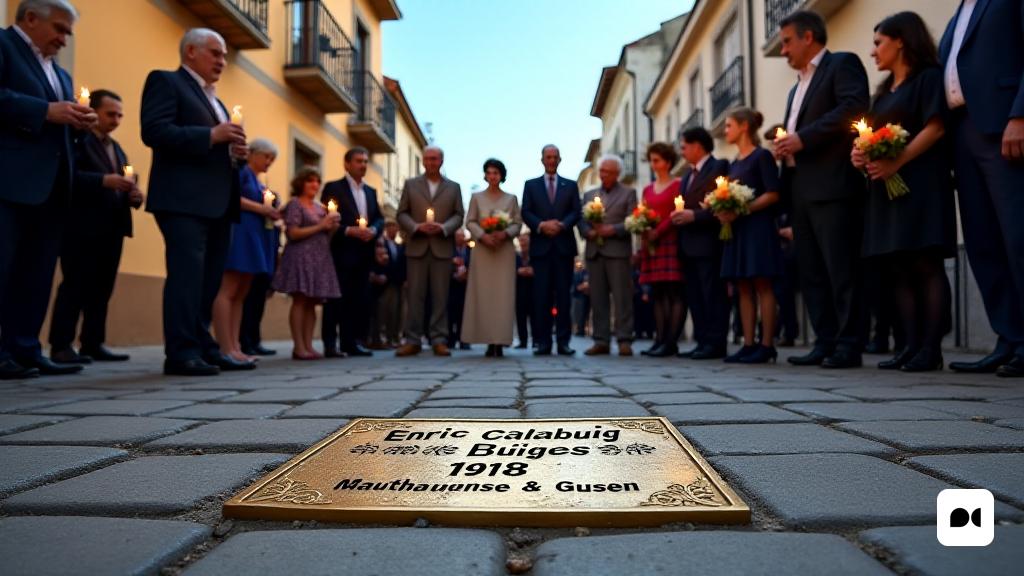A commitment to memory
The City Council of Reus, through its councilor dedicated to transparency and good governance, has launched a series of projects focused on the preservation of democratic memory. This initiative is carried out under the direction of the Municipal Archive and seeks to honor the memory of the victims of the Nazi regime through the use of the famous Stolpersteine cobblestones.
Stolpersteine: un gest the record
Stolpersteine are small 10×10 cm pavers that are engraved on the personal data of the people who were victims of repression, both those who lost their lives and those who managed to survive. These paving stones are placed in front of the last known residences of these individuals, symbolizing their connection with the local community and remembering their history.
An act of respect and humanity
Each paving is created manually, a detail that emphasizes the intention of paying tribute to the victims of one of the darkest times in history. This act of placement contrasts with the systematic extermination that took place during World War II.
Brave Stories: The Victims of Reus
To date, a total of 36 Reus people have been identified who were deported to the Nazi concentration camps. In an effort to preserve their memoirs, 12 pavers have been installed in 2023, and it is expected that 10 more will be added in 2025, in honor of names such as Enric Calabuig Buigues and Joaquim Santiago Calahorra.
The legacy of Enric Calabuig Buigues
The act of placement of a paving side in honor of Enric Calabuig Buigues will be held on Friday, March 14 at 17:00, in Batan 28. Born in Gandia in 1918 and established in Reus, Calabuig worked with his father in La Serradora de Cal Rodón and was passionate about music.
Enric’s tragedic fate
After exile, he was forced to integrate into foreign workers’ companies, where he was captured by German forces. In April 1941, he was deported to Mauthausen and, shortly after, moved to Gusen Camp, where he was assassinated on December 9 of the same year.
A future of memory and reflection
As Reus progresses in his task of remembering and honoring victims, the Stolpersteine initiative becomes a symbol of resilience and commitment to human rights. These paving stones are not only a memory, but also a constant reminder of the importance of collective memory for future generations.

